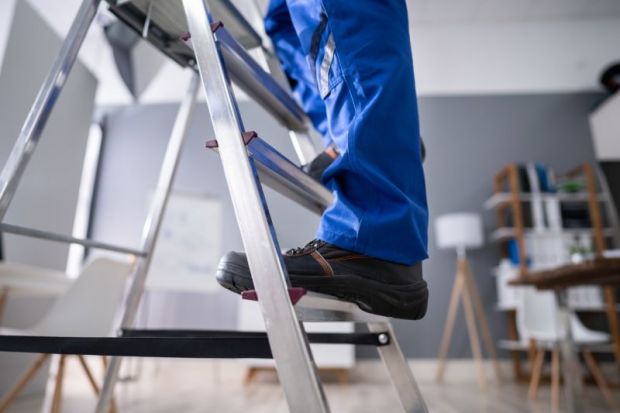Students choosing to “trade up” with their new A-level results will not necessarily mean lower-tariff institutions in England lose out, some sector experts predict.
The government’s U-turn to allow students to use their teacher-assessed grades, rather than their moderated grades, resulted in an increase in students with higher grades this year and sparked fears that high-tariff institutions would expand their intakes at the expense of lower-tariff institutions.
Earlier this week, Ucas released data that showed that there were 15,000 students who were originally rejected by their original firm choice university with their moderated grades, but who now meet the A-level conditions of their offer with their teacher-assessed grades.
According to Ucas, 90 per cent of these students made their original firm choice at a higher-tariff institution.
However, Nick Hillman, director of the Higher Education Policy Institute, warned that “we can’t just assume all those students will upgrade; we could see people splitting up in different ways”.
“There will be some students who do want to trade up or who care about the prestige, but there are others who could feel unsupported by the institution who originally rejected them or if that institution is now full, they may not want to wait until 2021 to take up their place,” he said.
England’s system is not homogenous, and the effect will be more nuanced than simply the lower-tariff institutions being hardest hit, Mr Hillman said. “There will be some in all the so-called categories – high, middle and low tariff – who will do well and some who will underperform,” he added.
For example, Matthew Andrews, university secretary and registrar at the University of Gloucestershire, said his institution had not yet seen an impact from the U-turn. “We didn’t have that many insurance accepts; most who had us as their insurance were accepted at their firm choice institution straightaway,” he said.
This was borne out in the overall statistics, he added. The data on 20 August showed that more than 380,000 students had been placed with their firm choice, up by 3 per cent from last year, while the number of students placed at their insurance institution was down 11 per cent. About 100,000 students who had their grades upgraded were already placed at their first-choice university on results day last Thursday, Ucas said.
Mr Andrews said: “So how do we make sense of the undoubted turmoil in the sector? My initial impression is that there is not much evidence of a trickle down going on.
“I wonder if there will be a squeezed middle, as we hear about high-tariff institutions being inundated with calls. There will be oversubscribed courses that institutions didn’t expect so many people to qualify for, or courses where they rejected people and then accepted people through clearing – remember high-tariff institutions participate in clearing now. But now people are coming back who have made the cut. Where did these people go in the meantime? That’s why I think there will be a squeezed middle.”
Mark Corver, founder of the consultancy firm DataHE, said he estimated that the typical three-A-level applicant would have improved by about 1.3 grades, some 30 times the size of the typical annual increase in recent years. “For the finely balanced offer/confirmation system this is off the scale,” he said.
He added that not all of these will have met their firm conditions, and many will be quite content with where they now are. “We continue to see strong signals of UK demand, particularly amongst late applicants.
“The boost to qualifications for some will enhance this further. Number controls restrict choice and act as a drag on recruitment; their removal gives the sector the chance to mobilise UK demand for higher education.”
Others agreed that the situation had shown the high demand for higher education and hoped that it might banish some of the negative narratives that had sprung up around universities.
Andy Westwood, professor of government practice at the University of Manchester, pointed out that in the initial clearing phase when the algorithm was still in use, ministers were keen to defend it by saying that more young people were getting university places, including the most disadvantaged.
“Many of the universities making this claim possible were the same ones that [education secretary Gavin] Williamson and colleagues had been attacking for ‘low value‘ or for ‘poor value for money’ earlier in the year,” he said.
“These are also the institutions that might lose out when applicants revert to their first choices on the basis of their new higher grades. Even though it made sense to lift number controls after this decision, ministers should now remember why they introduced them in the first place – to protect universities in this position and to reduce extreme volatility across the system,” he continued.
“Now that’s inevitable, I think it’s fair to find new ways of helping these universities and repaying the favour. Like this year’s applicants, they and the communities they serve need a safety net, too.”
Dr Andrews said: “The government talks about world-class institutions, but we have an unhealthy sense of hierarchy here. This situation saw universities step up, and showed that young people have a broad range of aspirations.”
Mr Hillman added that he hoped “the silver lining in this dark cloud is that it changes the narrative away from ‘too many students going to university is bad’. Policymakers must now see that stopping young people’s aspirations to go to higher education is the wrong thing to do.”




